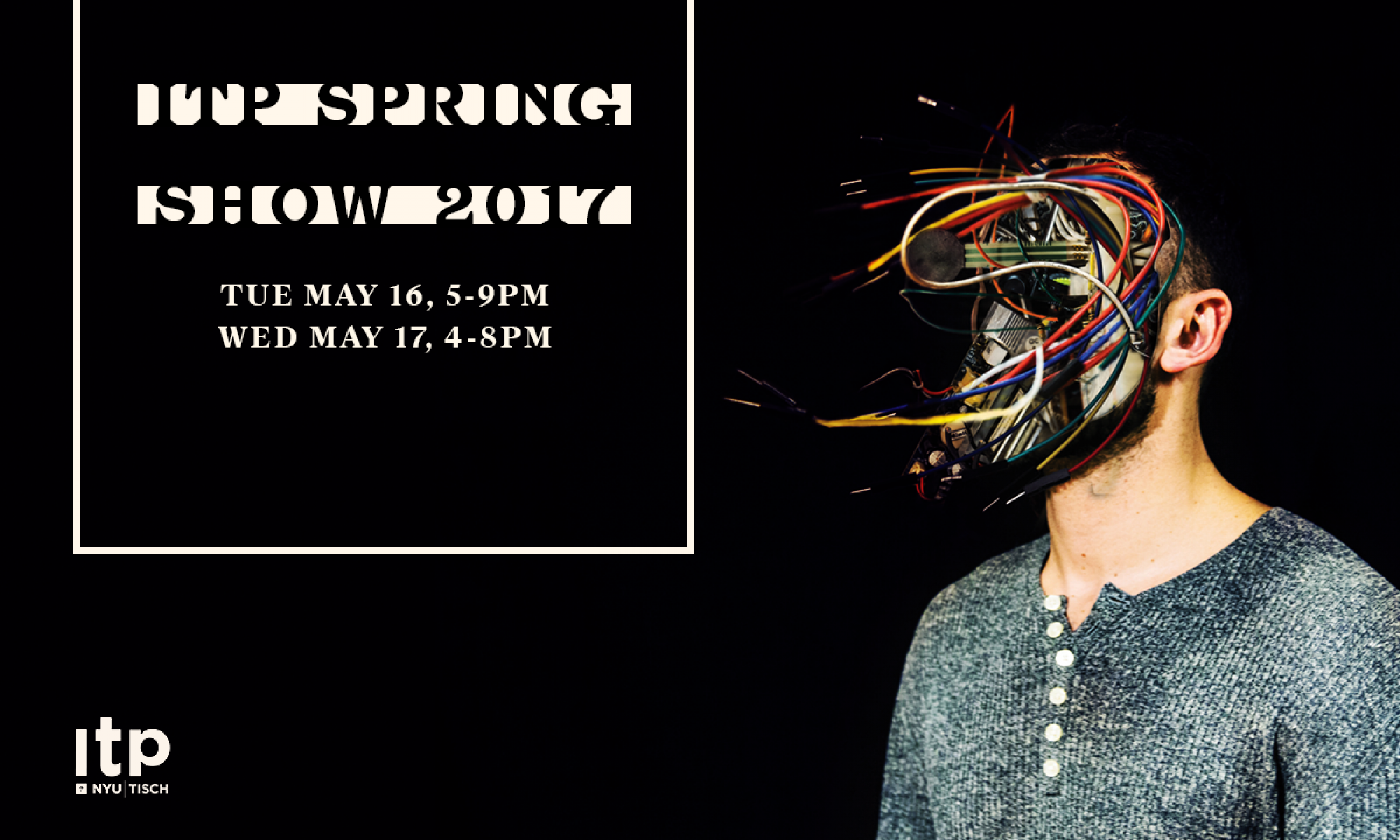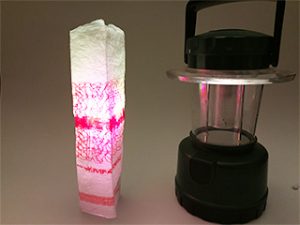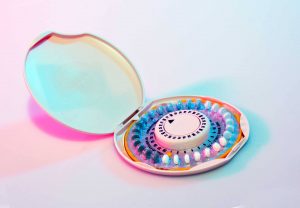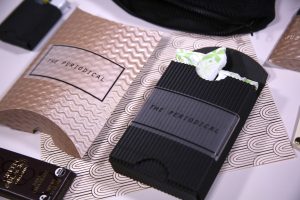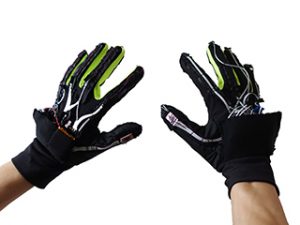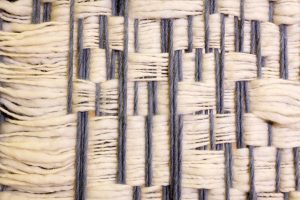Zoe Bachman
DIY/GYN is how women in the near future hack their access to health care. Using tongue-in-cheek language, speculative thinking and emerging technology, DIY/GYN calls attention to precarious futures in the United States and reflects on what this potential situation means for us in the present.
http://diy-gyn.net
Description
At a time when technology creeps closer to science fiction, the news has a tone more similar to dystopia. DIY/GYN takes the role of imagination in relation to social justice as its starting point and explores how fantasies of the future can help us deal with our present realities.
Since Trump's election, we live in a time where things could change at any moment – bans, deportations, and other executive orders are frequent actions with life-altering (and threatening) ramifications. The project takes the current issues surrounding women’s health at its starting point – the closure of Planned Parenthood in Texas and potential loss of federal funding, the re-implementation of anti-abortion policies. We talk about these things possibly happening, but what does lack of access really look like? This project attempts to materialize and make real possible future scenarios in a way that feels familiar, yet strangely off.
Speculative narratives and futurist projects create space for alternative structures and a way to question our current practices. Similarly, DIY methodology finds agency outside of institutions, promotes alternative narratives for how the world can work, and provides human solutions to precarious situations. There’s a long history of alternative, specifically female medical practices and while some provide important alternatives to clinical care, more often they are stop-gap measures to solve issues of access to medical resources. After years of advancement in reproductive and sexual health worldwide, things might soon get worse in the US. Planned parenthood might be defunded and Roe vs. Wade could be overturned. However, these issues are still framed as a “female” problem and do not take into consideration their impact on all aspects of society.
DIY/GYN is set in a future world where Planned Parenthood has been defunded and many centers have closed. This is not far fetched – when Texas voted to close PP, only 10% of patients have transferred to other clinics. This begs the question, what are the other 90% doing to take care of their health?
DIY/GYN imagines that women take advantage of relatively inexpensive electronic components and everyday objects to find solutions to their gynecological health care problems. As this information is considered dangerous and prior resources unavailable, they source their knowledge and pills from a website on the darkweb: diy-gyn.info. The site is a cross between Silk Road and Rookie, Our Bodies Ourselves and Instructables. It teaches people how to take care of themselves, how to build tools to manage their health and how to smuggle in birth control pills from Canada (or set them up with a supplier).
I’ve focused on building out four pieces to illustrate my concept: the diy-gyn website (also hosted as an actual tor site), the porTORble purse router, the selfie-cervical-exam-stick, and the the Boob Tube smart bra. The objects use emerging forms of technology like IoT, bluetooth, raspberry pi, and wearables and familiar objects such as bras. As a set, they pull from current makerspace culture and playful feminism while assessing future needs and dangers that might arise from the erasure of planned parenthood and the criminalization of abortion.
Classes
Thesis
